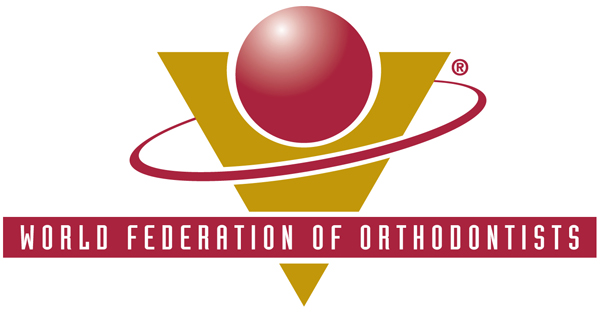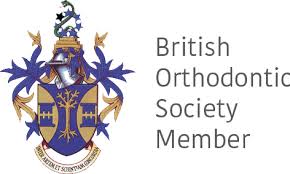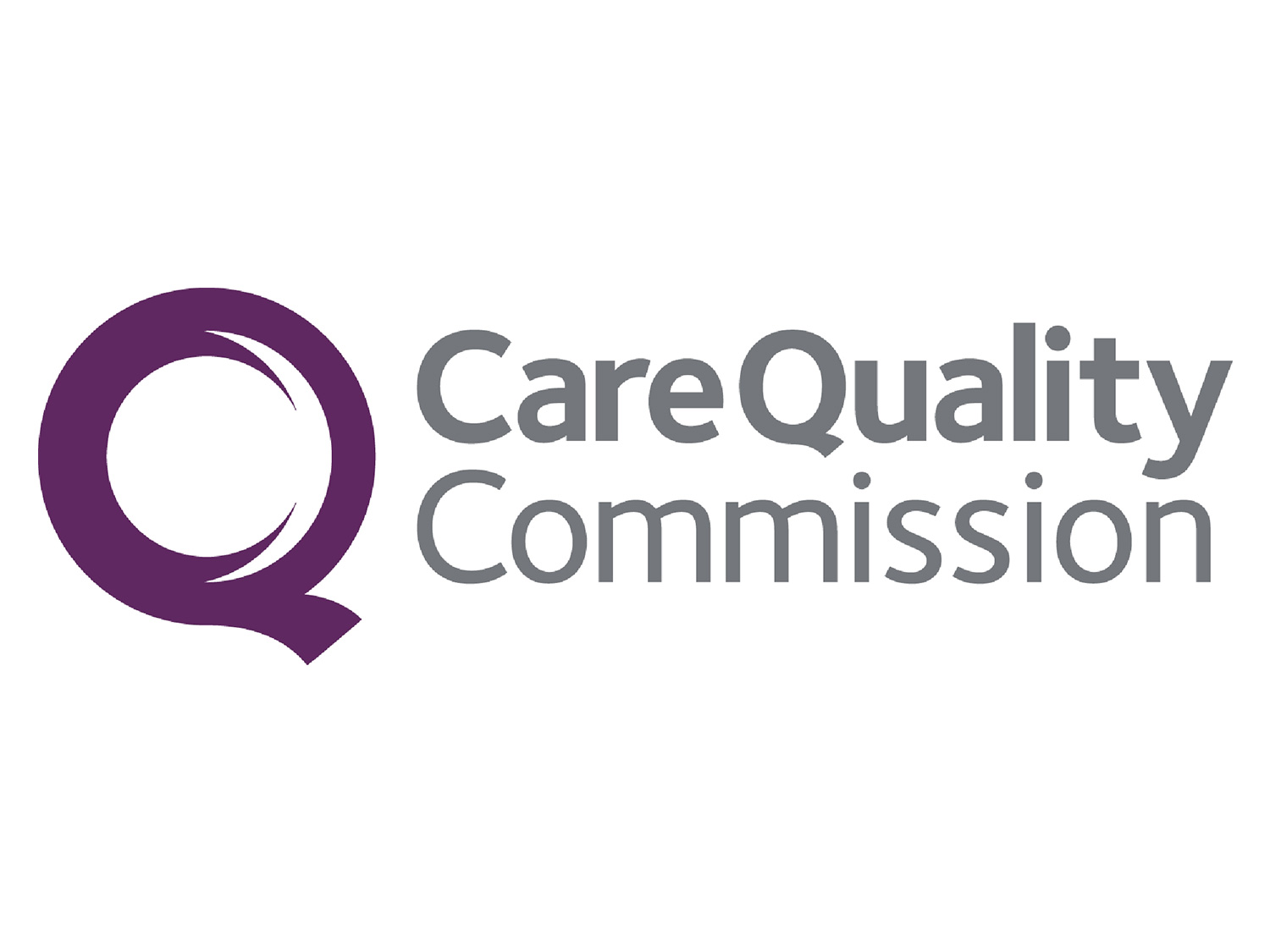
The word crowding is used to describe the very common problem of irregular or overlapping teeth due to shortage of space.
Before & After Gallery - Mild Crowding
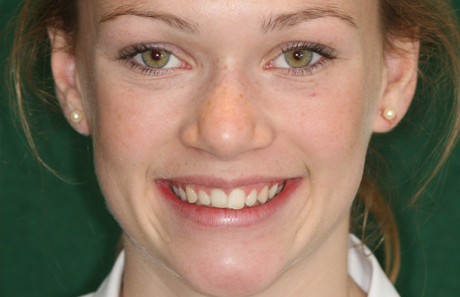
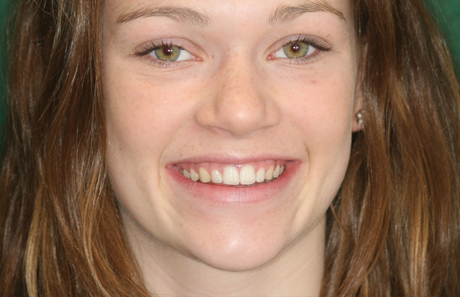
BEFORE AND AFTER
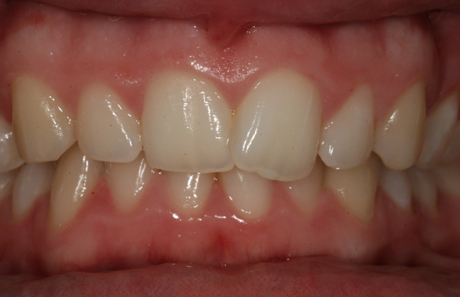
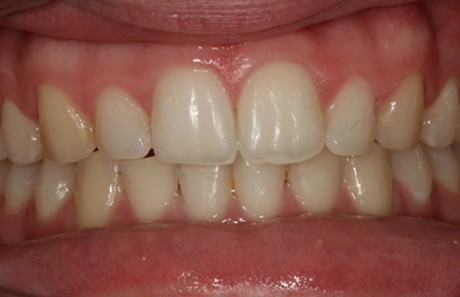
The crowded overlapping front teeth have been corrected without the need for extractions.
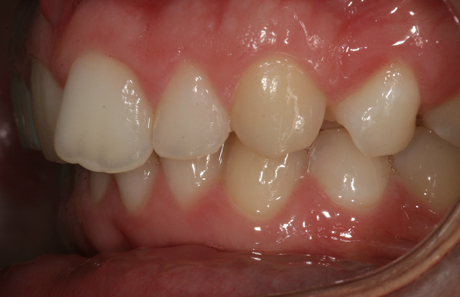
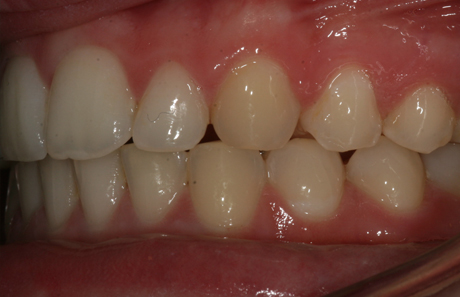
Severe Crowding
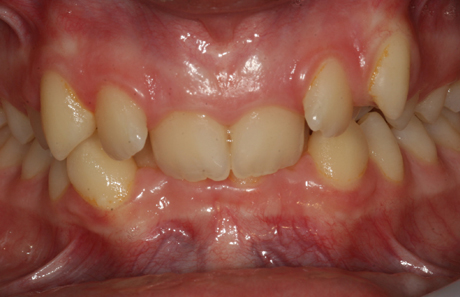
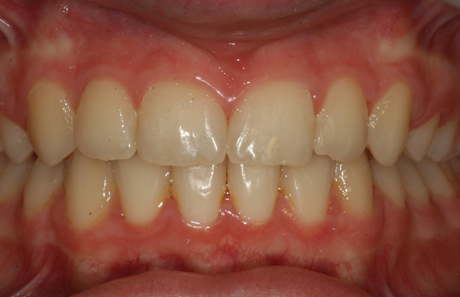
BEFORE AND AFTER
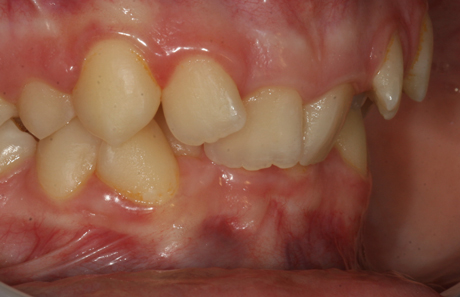
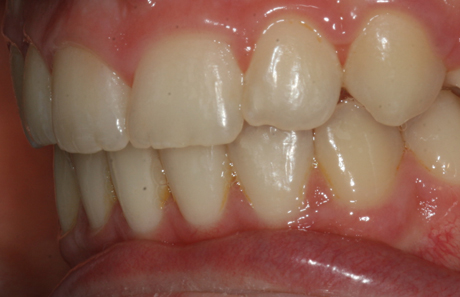
This teenage girl had two difficult problems:
overcrowding and backward sloping upper front teeth.
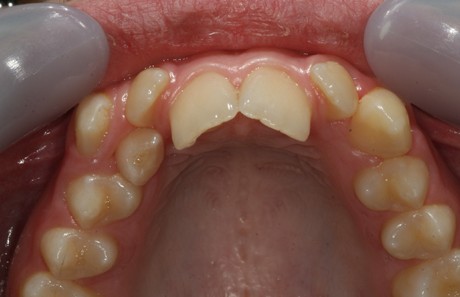
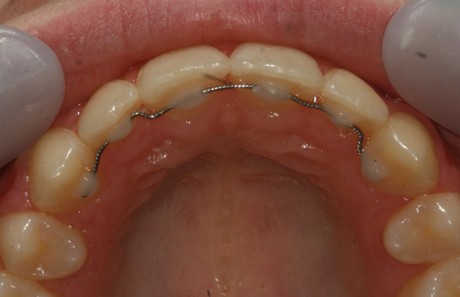
Using fixed braces, the problems were both successfully treated. The "after" photo also shows the invisible and unloseable retainer holding the teeth straight for the future!
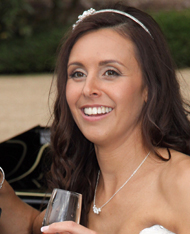
May I take this opportunity to say a massive thank you to Robert for making my teeth look beautiful and straight for my wedding. Robert was friendly and explained everything to me really well. I'm delighted with the results. I received a 1st class attention from when I contacted your orthodontist and through all the treatment. A big thank you also to all the staff you were always pleasant, friendly, welcoming and made me feel so relaxed. Claire Padmore
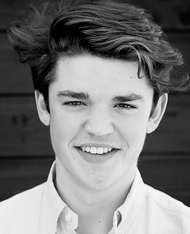
Lucy did an amazing job on my teeth as a teenager and then later, despite my numerous attempts to ruin them, she has managed to bring them back to their former glory. James
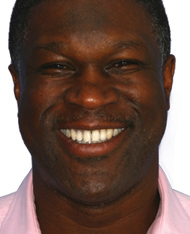
"What a remarkable job you have done, I am happier than ever and smiling permanently due to your practice" Mr Pitters
I just wanted to say a big thank you to Lucy for seeing me at such short notice yesterday to fix my retainer. She is always so lovely (as are all the staff) and I really enjoy all my visits there - I am really pleased with the improvement in my smile and am only sad that I generally now no longer need to visit regularly!! Linda W, June 2019

